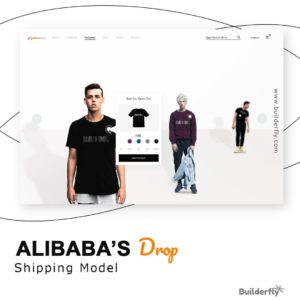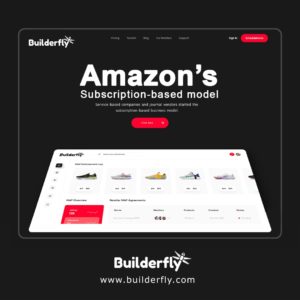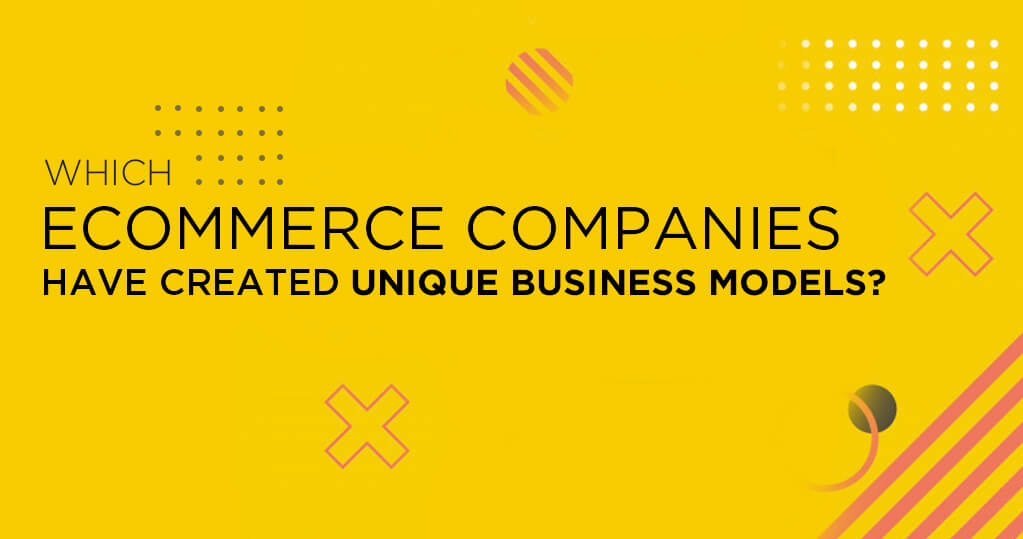Every ecommerce company has a specific business model that explains the transaction pattern and business conduction idea of that company.
In the old days, it was a barter system that worked for years in the marketplace and fairs. That was the time of kings and rulers. Later, in 1944, the monetary system started for regular transactions. Earlier, it used to be the rich people only paying currency for services and products. Now, it is a widely accepted pattern of business conduct with everyone.
Retail and wholesale systems of business conduction were prominent ones. Talking specifically about ecommerce, B2C (Business-to-customer), and B2B (business-to-business) business models marked the beginning of the era. Even when it started with selling books online, now, customers can purchase anything to everything from anywhere across the globe.
Ecommerce proved to be beneficial not only for customers but also for businesses as they can sell round-the-clock. Now, shop owners need not keep their outlets open for 24*7, still get orders flooding in from all the target countries. Ecommerce is opening the gateway to opportunities.
With the evolution of technology, ecommerce is also evolving. Businesses are experimenting with unique ideas to improve customer interaction and make things work in this digital world. Here, we will be talking about distinctive ecommerce business models that ecommerce giants have used recently. You can try implementing them for your ecommerce company and make the most out of your business.
● Alibaba’s drop shipping model

The dropshipping business model initially started by Alibaba. Maybe it was earlier practiced by few businesses, but it gained popularity later. You can sell products of several partnered companies on your store without even ordering them in prior by opting for a dropshipping business. Whenever you receive an order, the same information can be forwarded to your partnered business. The order will be processed, fulfilled, and shipped directly from the vendor to the customer, and you need not worry about the warehouse, order fulfillment, or anything else.
For startups, dropshipping is a fantastic business idea, as you will be able to manage a lot of inventory variations within your limited budget. You can run the dropshipping business from anywhere and manage it as per the comfort of your time. Though you will percentage discounted rates on every product, you will be making a fair amount of money when considering the bulk orders. The idea of drop-shipping will save you from the misery of shipping and order fulfillment queries by giving access to drop shippers for updating shipment details.
When you partner with the business, you can fix the terms of service and payment ideas. You don’t have to make a huge investment in the beginning. Thus, you will have the freedom to experiment with your business and manage marketing with aptest strategies.
● Amazon’s local shop program
Amazon follows the marketplace model that allows the registered sellers to list their products for free and sell them online with varying commission charges. Amazon markets its services and products on the platform, along with the registered businesses. Though Amazon hasn’t changed the existing business model, it is accommodating new ideas.
Amazon’s new program in India is the country based program that empowers the local retail businesses to register on Amazon and deliver products at their door within 24-48 hours. Leveraging the name of the brand, you can provide the consumables as well as regular products and continue your services even in the odd situation of lockdown. As a local business, you can serve the orders within 1-2 business days and earn the prime badge to bring greater traction to your store. Since you will be offering prime delivery within your region, you will get more exposure in the local market. You can sell your products all over India without the prime badge.
Though it’s not a proclaimed business model, you can adapt this idea to promote your local business. You can deliver the local orders via your website within 24 hours, even with the free delivery service. For other states or countries, you can charge normal delivery charges. This will help you in proving the sales of your store.
● Amazon’s Subscription-based model

Service-based companies and journal vendors started the subscription-based business model. Amazon took this subscription-based business model firstly to market Amazon prime services, Kindle-unlimited services, Amazon web services, and so on. It works well for digital products, and later this model is taken to deliver physical products as well. Amazon adapted a replenishment subscription model to offer discounted and regular delivery of the required products periodically.
For product-based companies, the subscription model can be based on the life cycle of the product, accessibility, and curation. The major benefit of creating a subscription model at your store is that the customer’s net order value will increase. This will help you forecast sales and widen your network. To get insights about the subscription business model, we recommend you to read the detailed study on subscription-based models.
● Reliance’s O2O model
Even when the ecommerce businesses are proliferating, it contributes a 12% share in the market. This implies that 88% of revenue is still generated from offline retail. We know that most of us still like to travel to the nearest mall and local market to shop for the products instead of going online. Even, at times, we check the price of the product on the online stores and purchase them offline.
With the proper analysis of the market, Reliance came up with JioMart following the O2O business model. AJioMart was initially a grocery app that allowed customers to connect with the local vendors to order groceries and veggies. Later, Reliance launched fashion, apparel, accessories, beauty products as well as electronics.
Reliance’s online-to-offline (O2O) business model empowers you to engage with your customers online for purchasing offline. You can try the O2O e-commerce model of your store, especially if you are selling electrical products or anything that requires customization or post-deployment services. You can market the perk of free servicing, repairs, and knowledge transfer sessions to your customers when they come to your store. When the product is available online, the customer will have enough options to compare and make the judgment call. To try and physically buy, they can place orders online, collect offline, or pick up from the store. It will reduce the shipment time, and with additional services, you can win customers’ hearts as well.
Customers can opt for the option of on-door delivery within 24-hours. However, that can only be marked for local customers within a specific geographical region. This is one of the best ideas to connect your local business with technology.
The above-listed ecommerce business models are, especially for product-based ecommerce companies. It’s crucial to select the right business model before moving ahead with an idea of store creation. Your idea of a business model will make it easier for you to design your business plan and manage your venture. The promotional strategies that you will draft will be solely dependent upon the model that you chose. If you want to discuss which can be the best plan to build your ecommerce store with your choice of business model, you can write to us at support@builderfly.com.








